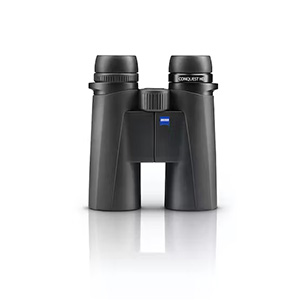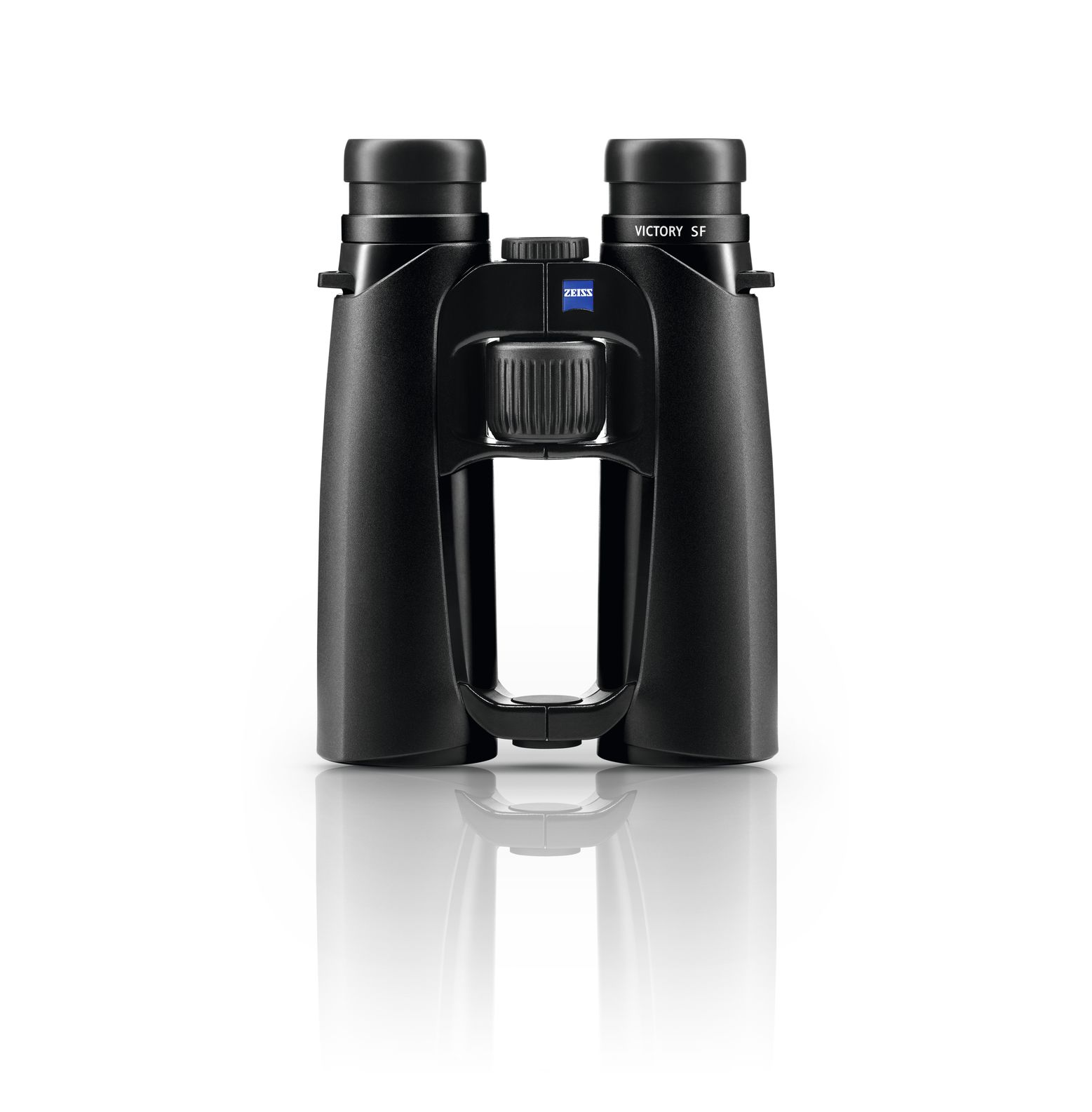As close as possible, even when you’re far away.
For those who like to observe nature and birds, choosing the perfect binoculars is essential to have the complete observation experience and to be able to see up close the most exotic and rare animals in their natural habitat without disturbing them or exasperating them for being too close.
Also, observers will not always be in perfect weather conditions, so looking for certain animals on a rainy day can become a challenge without the right binoculars. So, here are some tips to look out for when buying a high-quality binocular:
ZEISS Binoculars
With that being said, we cannot fail to mention one of the best binoculars brands in the world. Binoculars from ZEISS have a legendary reputation. A reputation founded over 170 years on exceptional optical performance, outstanding ergonomics, robust construction and a world of innovations that have constantly expanded the limits of the technically possible.
Generations of nature lovers swear by their ZEISS binoculars. Many of them are still in constant use today. Nevertheless, time never stands still. Today, ZEISS offers highest-quality equipment for a wide range of different needs – from special binoculars for observation in the twilight hours and at night to compact binoculars for everyday use.
1. Magnification
The magnification of a binocular is the number that is written with the x. So, if the binocular says 10x, it means it magnifies the subject ten times. For instance, a bird 1,000 metres away will appear as if it was at a distance 100 metres away as see with the naked eyes. The best magnifications for regular use are between 7x and 12x, anything beyond and it will be tough to manage without a tripod. Higher the power harder to hold steady.
2. Objective Lens Diameter
The objective lens is the one opposite the eye piece. The size of this lens is crucial because it determines the amount of light that enters the binoculars. So, for low light conditions, you get better images if you have a bigger diameter objective lens. The lens size in mm comes after the x. Between an 8×25 and 8×40 lenses, the latter creates a brighter image with its bigger diameter.
3. Lens Quality, Coating
The lens coating is important because it reduces the amount of light reflected and allows the maximum amount of light to enter. The perfect example for this would be the ZEISS Victory HT with 95% light transmission that ensures maximum brightness. This means that you are able to observe your surroundings for much longer – even in the latest hours of twilight.
The quality of the lens, meanwhile, ensures the image is aberration free and has better contrast. The best lenses work better in low light conditions as they transmit more light. They also ensure that the colours are not washed out or distorted.
4. Field of View/Exit Pupil
FoV refers to the diameter of the area seen through the glasses and is expressed in degrees. The larger the field of view the larger the area you can see. Exit pupil, meanwhile, is the image formed on the eyepiece for your pupil to see. Lens diameter divided by magnification gives you the exit pupil. For example, a binocular with the nomenclature “7×50” means 7.1mm exit pupil. It gives maximum light to the dilated eye and is ideal for use in twilight and dark conditions. But remember, the higher the magnification, the smaller the field of view.
5. Weight & Eye Strain
One should consider the weight of a binocular before buying it. Consider if using the binoculars for a prolonged time tires you. Similarly, use a binocular and see if it is taxing on your eye. While it is difficult to use regular binoculars for more than a few minutes at a time, the premium brands like ZEISS hardly cause any eye strain and can be used for long hours at a stretch if needed. With that in mind, ZEISS has created a new technology for some of its premium binoculars: It is heavier at the back so the observer can feel more comfortable and be able to use the binoculars for a longer time.
6. Waterproofing
Since binoculars are an essentially outdoor products, it is important that they have some degree of waterproofing-this is usually denoted as “WP”. While regular models can stay under limited amounts of water for a few minutes, the high-end models are left undamaged even after a couple of hours submerged in water. Good thing that all ZEISS models are waterproof.
What do the numbers in the binocular nomenclature mean? Well, it’s simple:
The number before the “X” is the distance or zoom of the lens. It lets you know how much they will magnify an object. An object in 10×50 binoculars will be 10x closer than the naked eye.
The second number is written in millimeters and represents the diameter of the objective lens. A larger objective means better visibility through the binoculars in low light. As the diameter number gets larger, so do the binoculars themselves. Simply put, larger binoculars will be better in low light situations.
TRAVEL
Look for compact, lightweight models with mid-range magnification and field of view.
ASTRONOMY
If the objective is to observe the galaxy and the stars here is a tip: Higher power binoculars with a larger objective diameter are the best.
OUTDOORS
Ideal magnification is between 8x and 10x. Also look for large objective diameter and good lens coating so that it works well in rising and setting sun conditions.
THEATRE
Compact models with magnification of 4x to 10x can be effective while watching stage performances. Lightweight models with low magnification and close focusing distance of less than two metres are recommended.
BIRD & NATURE WATCHING
Needs wide field of view and magnification of between 7x and 10x.
SPORTS
Look for wide field of view and 7x to 10x magnification.
MARINE
Look for waterproofing with a wide field of view. The recommended magnification for marine use is 7x for the best viewing stability.
Gentec offers a series of binoculars for all occasions, want to know more? Visit:


